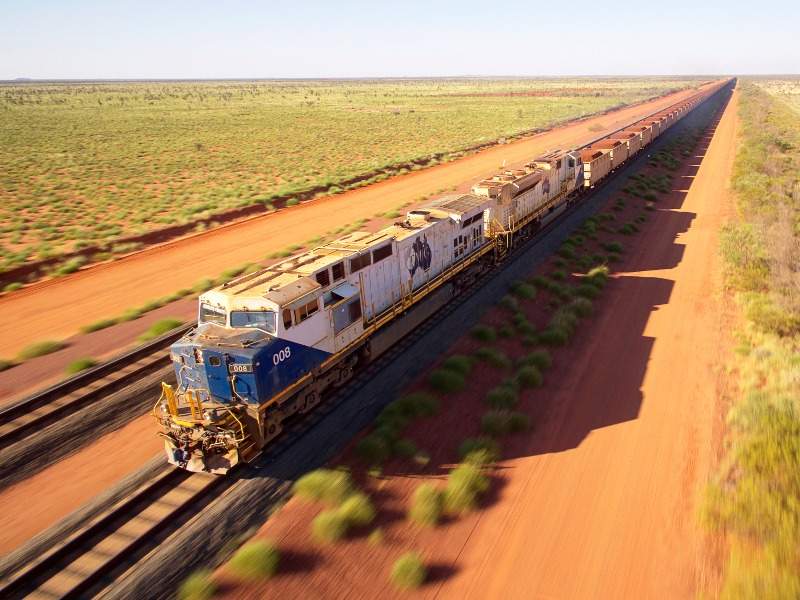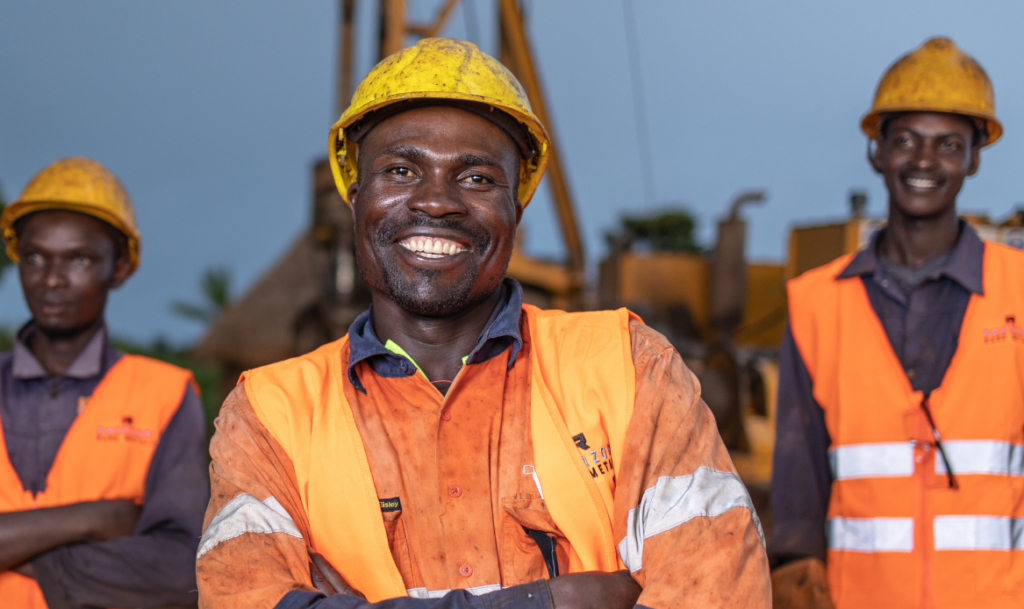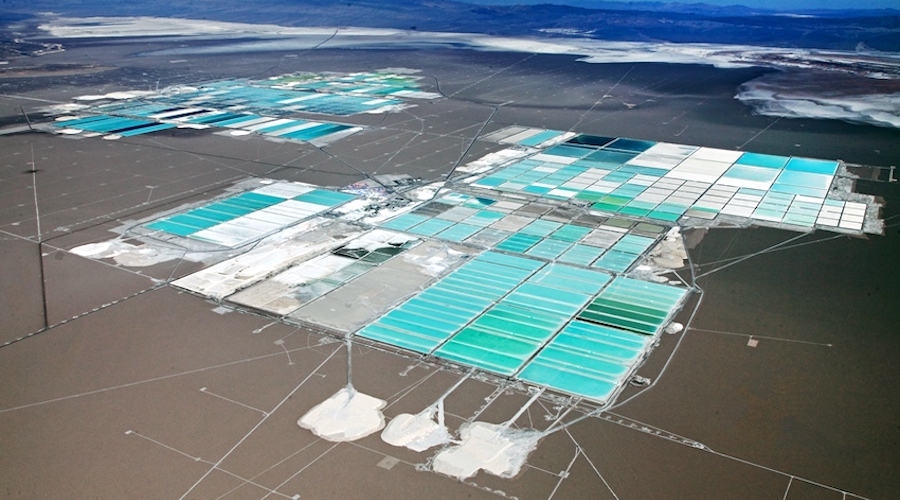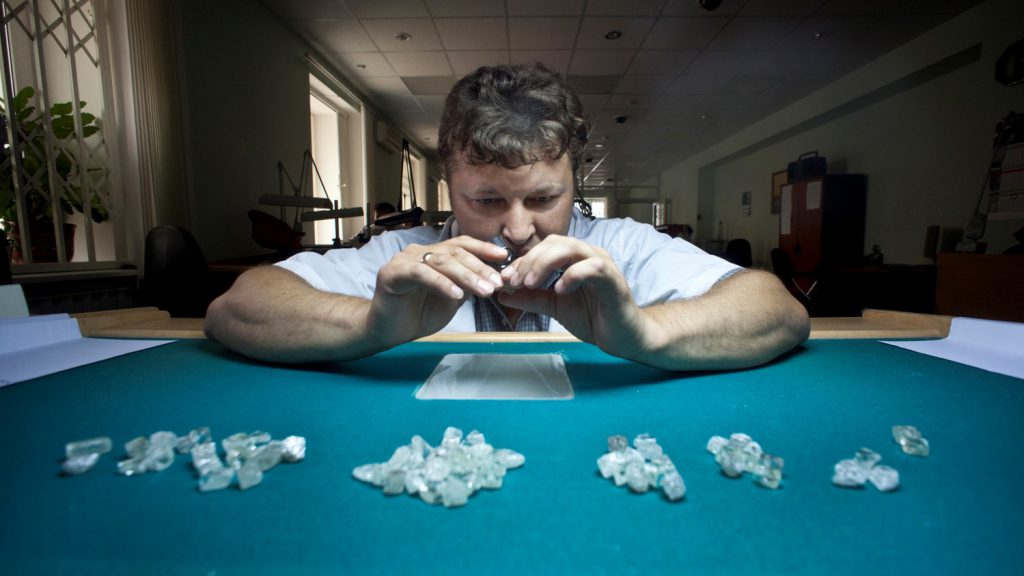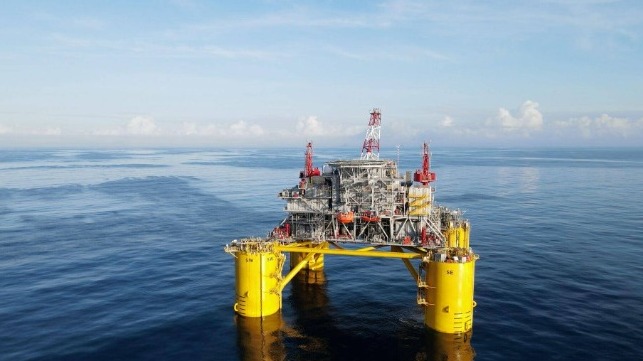Chevron Warns of $4 Billion Impairment to U.S. Oil and Gas Assets
Chevron flagged on Tuesday that it would take an up to $4 billion impairment in the fourth-quarter results, due to impairments to U.S. upstream assets in California and the Gulf of Mexico.
The continuing regulatory challenges in California have made Chevron revise down its planned investments in the state, the U.S. supermajor said in an SEC filing on Tuesday. In addition, Chevron will also impair a portion of previously sold oil and gas production assets in the U.S. Gulf of Mexico because some of the buyers of those assets have since filed for Chapter 11 bankruptcy protection and part of the decommissioning obligations may revert to Chevron.
Most of the impaired assets are in California, “due to continuing regulatory challenges in the state that have resulted in lower anticipated future investment levels in its business plans,” Chevron said, adding that it expects to continue operating the impacted assets for many years to come.
Last month, Chevron said in comments with the California Energy Commission that it has cut its spending in the state by “hundreds of millions of dollars since 2022,” due to “adversarial” policies toward fossil fuels.
In the U.S. Gulf of Mexico, Chevron “will be recognizing a loss related to abandonment and decommissioning obligations from previously sold oil and gas production assets in the U.S. Gulf of Mexico, as companies that purchased these assets have filed for protection under Chapter 11 of the U.S. Bankruptcy Code, and we believe it is now probable and estimable that a portion of these obligations will revert to the Company.”
Chevron expects it would undertake the decommissioning activities on these assets over the next decade.
Chevron expects to treat the non-cash, after-tax charges of $3.5 billion to $4.0 billion as special items and exclude them from adjusted earnings in the fourth-quarter results.
In October, Chevron reported lower-than-expected earnings for the third quarter of 2023, as international downstream weakness and maintenance at both the upstream and downstream operations weighed on profits.

_1.jpg?ext=.jpg) Shin Hanul units 1 and 2 (Image: KHNP)
Shin Hanul units 1 and 2 (Image: KHNP).jpg)
.jpg?ext=.jpg) A model of a NuScale SMR (Image: KGHM)
A model of a NuScale SMR (Image: KGHM)